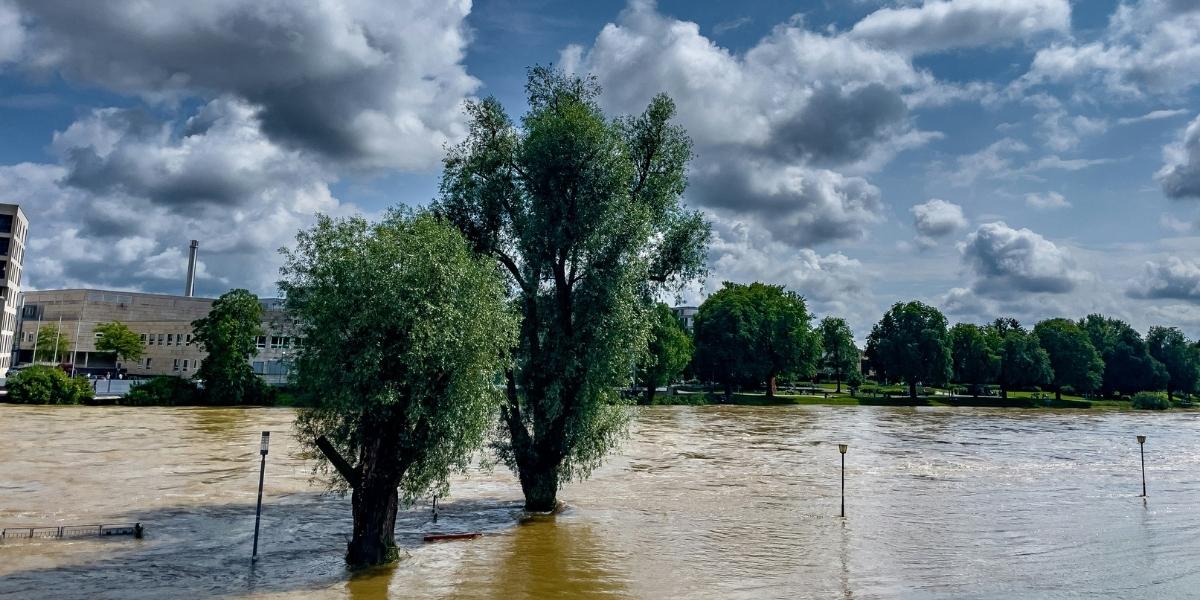Why Does the Search for Habitable Planets Matter?
The idea of life beyond Earth has long captured human imagination, but recent scientific advancements have brought it into sharper focus. Searching for habitable planets isn’t just about curiosity; it’s about understanding the possibilities for survival, expansion, and coexistence in the vastness of space. Astronomers believe that if one planet—Earth—supports life, others may as well.
The urgency comes from more than science fiction dreams. Climate change, overpopulation, and resource depletion have prompted serious conversations about the long-term sustainability of life on Earth. In that context, finding habitable planets becomes more than exploration—it becomes preparation.
Read Also: Keep Progressing: Strategies to Break Fitness Plateaus
What Makes a Planet Truly Habitable?
Scientists use several criteria to evaluate habitability. A planet needs to have the right distance from its star, where temperatures allow liquid water to exist. This area is known as the habitable zone or “Goldilocks zone”—not too hot, not too cold.
But distance alone isn’t enough. A stable atmosphere, presence of essential elements like carbon and nitrogen, and magnetic shielding all factor into a planet’s ability to support life. Conditions must allow for both biological activity and long-term climate balance. That complexity is why only a small fraction of exoplanets make it past initial screening.
Planet size also plays a role. Too small, and it can’t hold an atmosphere. Too large, and surface gravity could crush the potential for life. Ideal candidates often resemble Earth in size and density, increasing the chances that their environments could support similar life systems.
How Are Scientists Identifying Potentially Habitable Planets?
The search has evolved dramatically over the last two decades, thanks to space telescopes like Kepler and TESS. These instruments track subtle dips in light as planets pass in front of their stars. From that data, scientists estimate a planet’s size, orbit, and temperature.
More advanced tools, like the James Webb Space Telescope, go a step further. They analyze atmospheric composition, searching for gases like oxygen, methane, or water vapor. While the presence of these elements doesn’t confirm life, it does raise intriguing possibilities.
Some of the most promising finds have been located in systems like TRAPPIST-1, which hosts several Earth-sized planets in its habitable zone. Researchers are now refining models to predict which of these planets might have stable climates and protective magnetospheres.
What Challenges Are Slowing the Search for Habitable Planets?
Despite technological progress, the search is far from easy. Most candidate planets are light-years away, making direct observation difficult. Even with powerful telescopes, atmospheric readings can be incomplete or misleading. Dust, stellar activity, and gravitational distortion can all interfere with signal clarity.
Another challenge is defining habitability itself. Earth-based models may not apply universally. A planet might support life in ways that differ radically from known biological systems. That uncertainty means scientists must stay open to possibilities outside traditional expectations.
Funding and international collaboration also affect research speed. Missions are costly, and data interpretation requires global expertise. Delays in telescope launches or satellite maintenance can slow momentum and stall discoveries.
Could Habitable Planets Change Our Understanding of Life?
The discovery of a planet with conditions similar to Earth would reshape multiple disciplines—from biology to philosophy. It could force a reevaluation of life’s uniqueness and expand definitions of habitability. Even without direct evidence of living organisms, the mere possibility would raise new ethical and scientific questions.
Some researchers argue that the discovery of habitable planets might also influence how humans treat Earth. Knowing that other options exist could either inspire more stewardship or encourage riskier environmental behavior. It’s a delicate balance between hope and responsibility.
The emotional and cultural impact would be just as profound. Stories, religions, and philosophies have long centered on Earth as the singular cradle of life. Confirming that it’s one of many could challenge narratives that have lasted for centuries.
Read Also: How to Thrive Under Pressure: Mastering Stress and Adversity
Are We Getting Closer to a Breakthrough?
There’s a growing sense among astronomers that a breakthrough is not far off. With upcoming missions like the European Space Agency’s PLATO and NASA’s Roman Space Telescope, the tools for detailed planetary analysis are expanding rapidly. These systems promise greater precision, wider coverage, and faster data transmission.
Machine learning is also playing a larger role in identifying patterns and ruling out false positives. Algorithms can scan massive datasets for habitability signals far faster than human teams. This combination of technology and collaboration could bring major discoveries within reach in the next decade.
While no single planet has been confirmed as habitable yet, the list of strong candidates keeps growing. Each one brings new insights and narrows the search. Momentum is building, and the possibility of finding another Earth feels more realistic than ever before.







